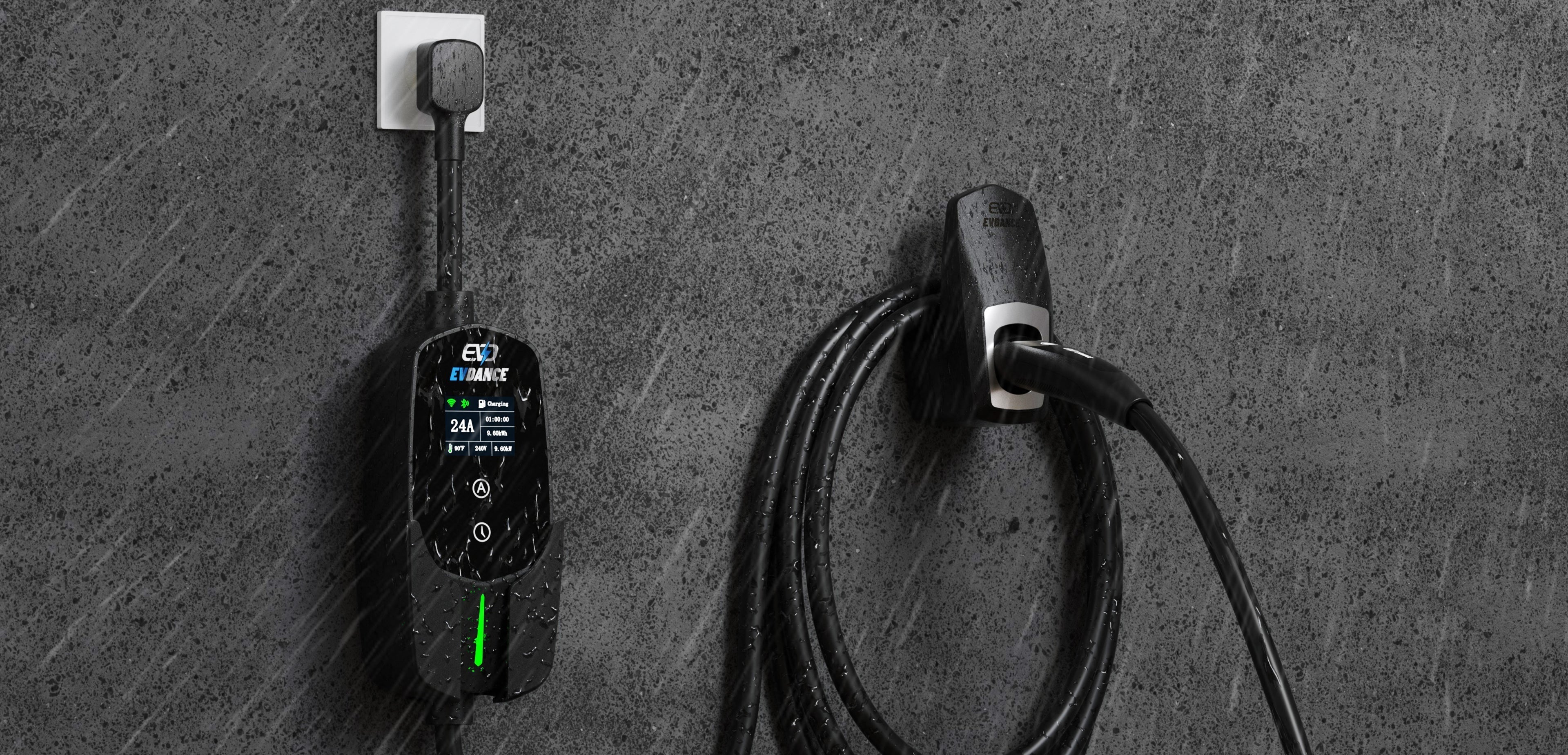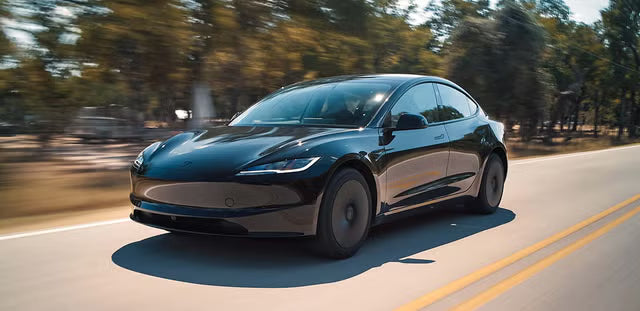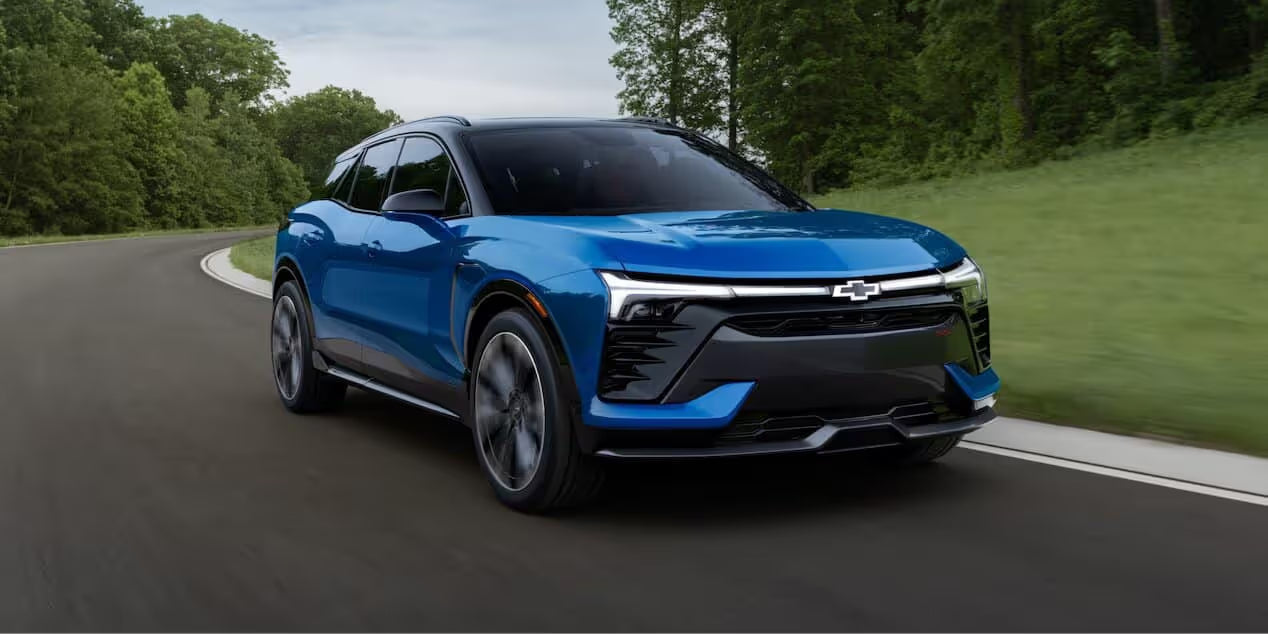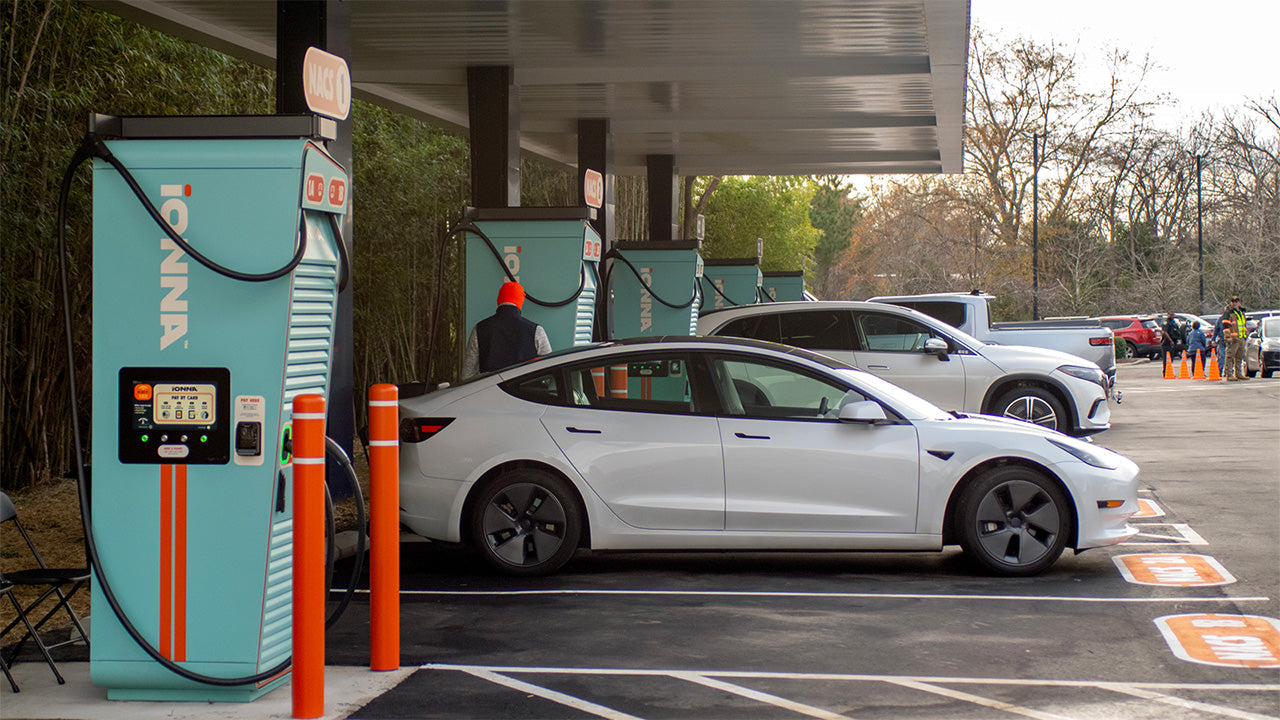Les véhicules électriques (VE) gagnent en popularité, ce qui entraîne un besoin croissant de solutions de recharge à domicile fiables, efficaces et sûres. Choisir la bonne borne de recharge pour VE peut s'avérer complexe compte tenu du nombre de modèles, de connecteurs, de niveaux de puissance et de fonctionnalités. Ce guide vise à démystifier le processus de sélection et à aider les consommateurs à prendre une décision éclairée.
1. Comprendre les niveaux de charge des véhicules électriques
Il existe trois principaux niveaux de charge :
Conseil : pour la recharge quotidienne à domicile, un chargeur de niveau 2 est recommandé pour son équilibre entre coût et rapidité.
Lectures recommandées : Prises NEMA 5-15, NEMA 6-20 et NEMA 14-50 pour une recharge efficace des véhicules électriques
2. Types de connecteurs : J1772, NACS et Tesla
La plupart des véhicules électriques en Amérique du Nord utilisent le connecteur J1772 pour la recharge de niveau 1 et de niveau 2. Les véhicules Tesla nécessitent un adaptateur (ou utilisent leur connecteur NACS propriétaire), tandis que les modèles et les fabricants plus récents commencent à adopter NACS comme norme.
Tableau : Compatibilité des chargeurs de véhicules électriques par type de connecteur

3. Principales caractéristiques à prendre en compte
Lors de l’achat d’un chargeur de véhicule électrique domestique, évaluez ces caractéristiques essentielles :
-
Ampérage : Les options courantes sont 16 A, 32 A et 40 A. Un ampérage plus élevé = une charge plus rapide.
-
Longueur du câble : Choisissez au moins 20 pieds pour plus de flexibilité dans le stationnement.
-
Indice de résistance aux intempéries : recherchez NEMA 4 ou IP66 pour une utilisation en extérieur.
-
Fonctionnalités intelligentes : le contrôle Wi-Fi ou par application permet la planification, la surveillance et l'équilibrage de la charge.
-
Type de prise : correspond à votre prise murale (par exemple, NEMA 14-50, 6-20 ou câblée).
4. Considérations relatives à l'installation
Avant d'acheter, consultez un électricien pour évaluer le tableau électrique de votre maison. Les chargeurs de niveau 2 nécessitent généralement un circuit de 240 V, et des mises à niveau peuvent être nécessaires.
Infographie : Liste de contrôle d'installation d'un chargeur pour véhicule électrique

5. Recommandations EVDANCE
Marque de confiance en accessoires pour véhicules électriques, EVDANCE propose une gamme de rallonges et de chargeurs compatibles, conçus pour allier flexibilité et sécurité. Associer une rallonge de qualité au chargeur de niveau 2 adapté optimise votre installation de recharge, surtout si la prise est éloignée de votre véhicule.
Conclusion
Choisir la bonne borne de recharge pour véhicule électrique n'est pas forcément compliqué. Analysez vos habitudes de conduite, l'installation de votre domicile et vos besoins de recharge, puis choisissez un modèle alliant performances, sécurité et compatibilité future. Investir judicieusement aujourd'hui garantit une expérience de conduite électrique pratique et efficace.
Auteur : Lay Wen.








Partager:
Explication de la réduction de 250 $ de la taxe et des subventions sur les véhicules électriques par Trump
Comprendre les types de prises NEMA pour la recharge des véhicules électriques : un guide complet